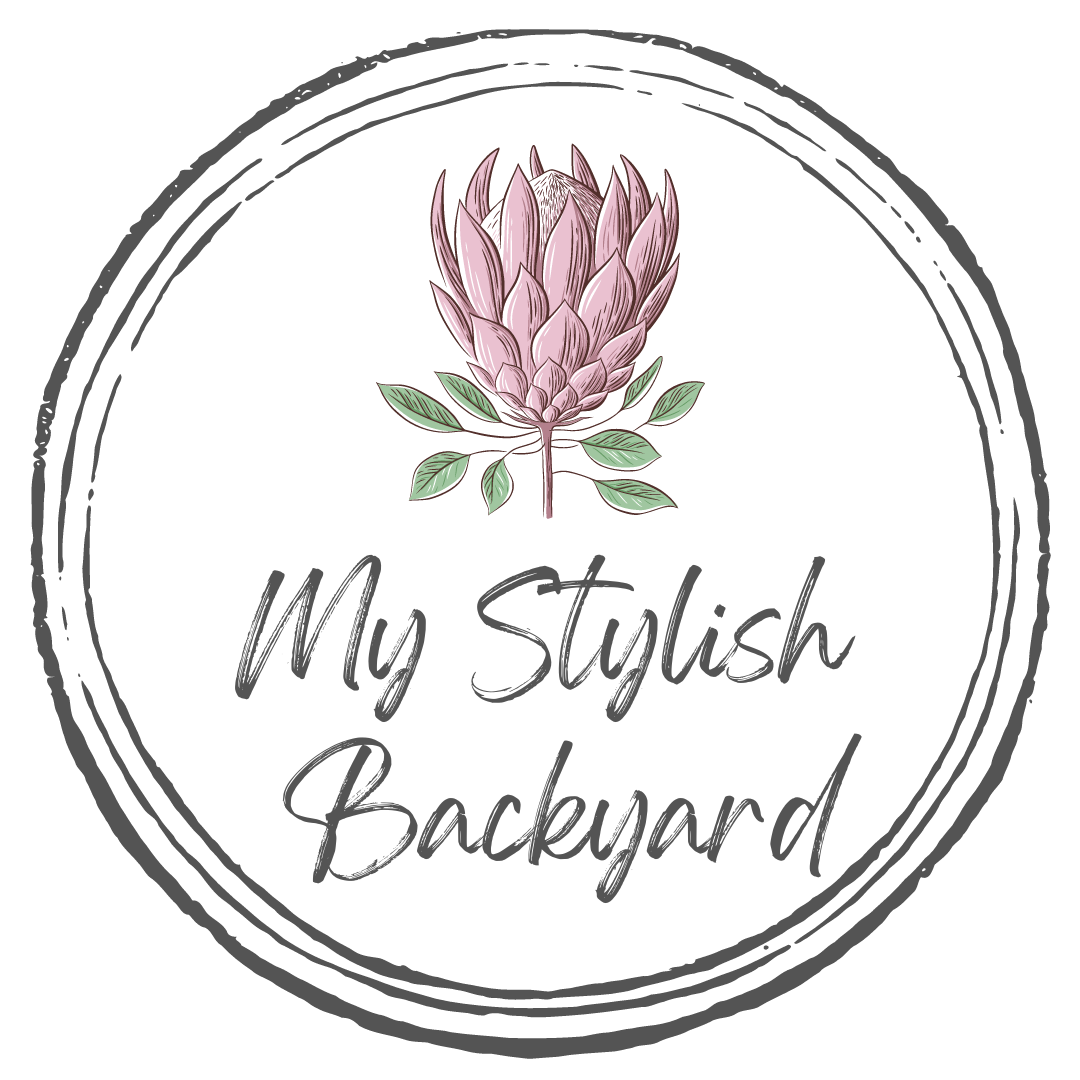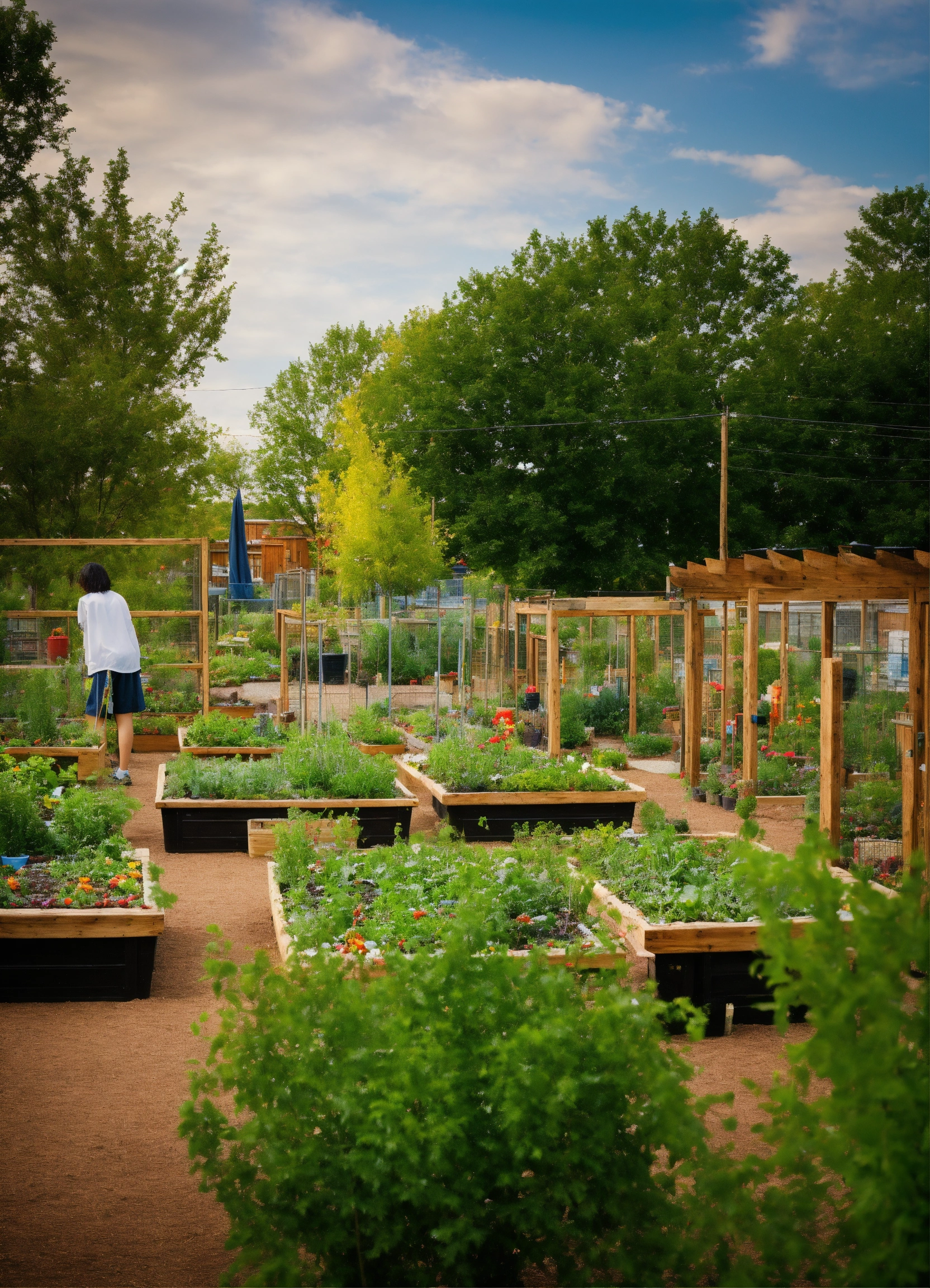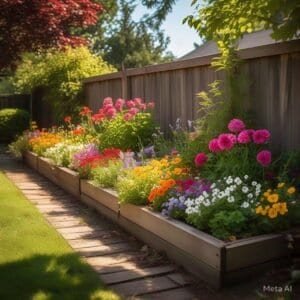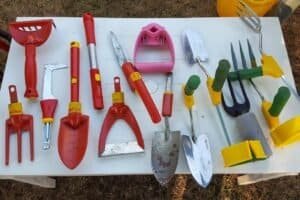How to Build a Fully Accessible Raised Bed Garden
Disclosure: This post may contain affiliate links. If you click through and make a purchase, I may earn a small commission at no extra cost to you. As an Amazon Associate, I earn from qualifying purchases. Thank you for supporting My Stylish Backyard.
Gardening can be life-changing, offering fresh air, movement, and a sense of accomplishment. But for those of us with limited mobility, arthritis, or the need for wheelchair accessibility, traditional gardening can feel more like a struggle than a joy. The solution? Building a raised bed garden designed for accessibility.
This guide will walk you through the process step-by-step, sharing tips, tools, and product recommendations to help you create a space that’s both functional and beautiful.
Why Raised Beds Are Game-Changers
Accessible raised beds make gardening doable for everyone. Here’s why they’re worth the effort:
- Reduced Strain: Everything is at a height that works for you, meaning less bending, kneeling, or stretching.
- Easier Maintenance: Better soil quality and fewer weeds make care a breeze.
- Customizable: You can tailor the dimensions, layout, and features to suit your needs perfectly.
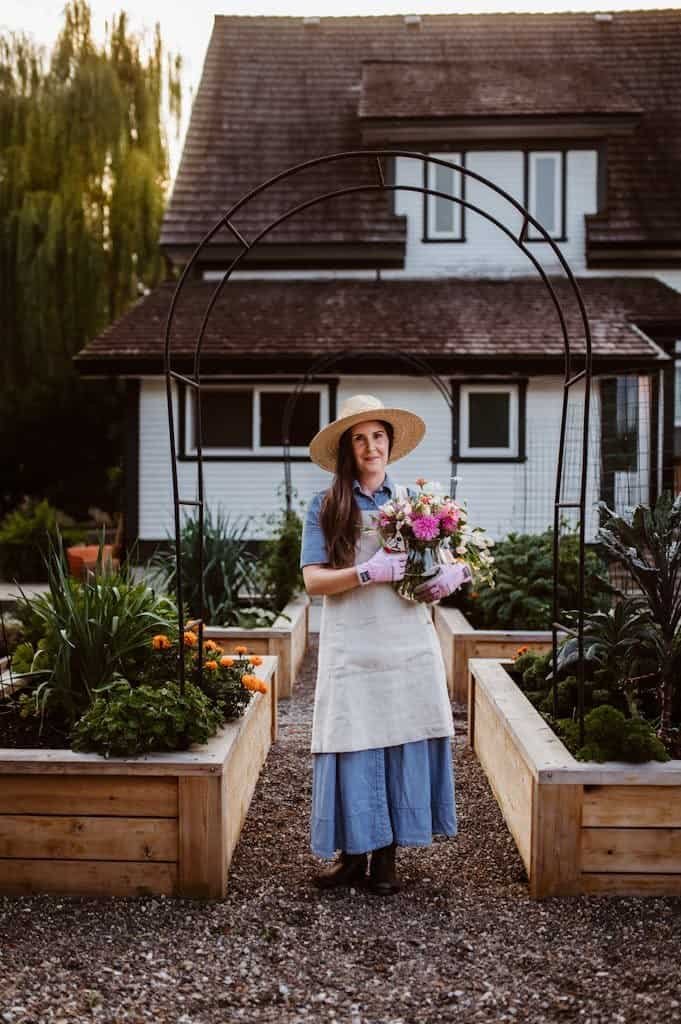
Whether you’re growing tomatoes, herbs, or flowers, raised beds make it easier to enjoy gardening on your own terms.
What You’ll Need
Before you start, gather these materials:
- Wood: Use cedar or untreated wood for durability and safety. Avoid pressure-treated wood that may leach chemicals.
- Screws and a Drill: These will hold the frame together.
- Landscape Fabric: Helps block weeds from growing up through your soil.
- Gravel: Improves drainage and prevents waterlogging.
- Soil and Compost: Choose a high-quality mix to give your plants a healthy start.
- Optional Features: Trellises, drip irrigation systems, or self-watering planters for added ease.
Step-by-Step Instructions
Step 1: Pick the Perfect Spot
Look for a sunny area with level ground. If possible, plan for pathways that are at least 36 inches wide to allow for wheelchairs or rolling garden seats.
Pro Tip: Choose a location near a water source to minimize trips back and forth.
Step 2: Build Your Frame
Cut your wood planks to size. A good standard is 4 feet wide (so you can easily reach the center) and 30 inches tall. Assemble the frame using screws and a drill for stability.
For U-shaped designs, cut and arrange wood planks to create three connected sections. This design allows access from multiple angles.
Why not try one of the pre-made options on Amazon that save time and effort.

Step 3: Prepare the Ground
Place landscape fabric over the area where your bed will sit to block weeds. Add a few inches of gravel for drainage before setting your frame on top.
Find out more on the importance of proper drainage and why it is essential in your garden!
Step 4: Fill with Soil
Fill the bed with a 50/50 mix of soil and compost. This nutrient-rich foundation will help your plants thrive.
Step 5: Add Functional Features
- Install a trellis for climbing plants like cucumbers or beans.
- Add a self-watering system to simplify your watering routine.
Two of my favourites include:
What to Plant in Raised Beds
Accessible raised beds are versatile and can support a wide variety of plants:
- Vegetables: Easy-grow options include tomatoes, lettuce, carrots, and peppers.
- Herbs: Basil, thyme, parsley, and mint thrive in smaller spaces.
- Flowers: Marigolds, nasturtiums, and zinnias add color and attract pollinators.

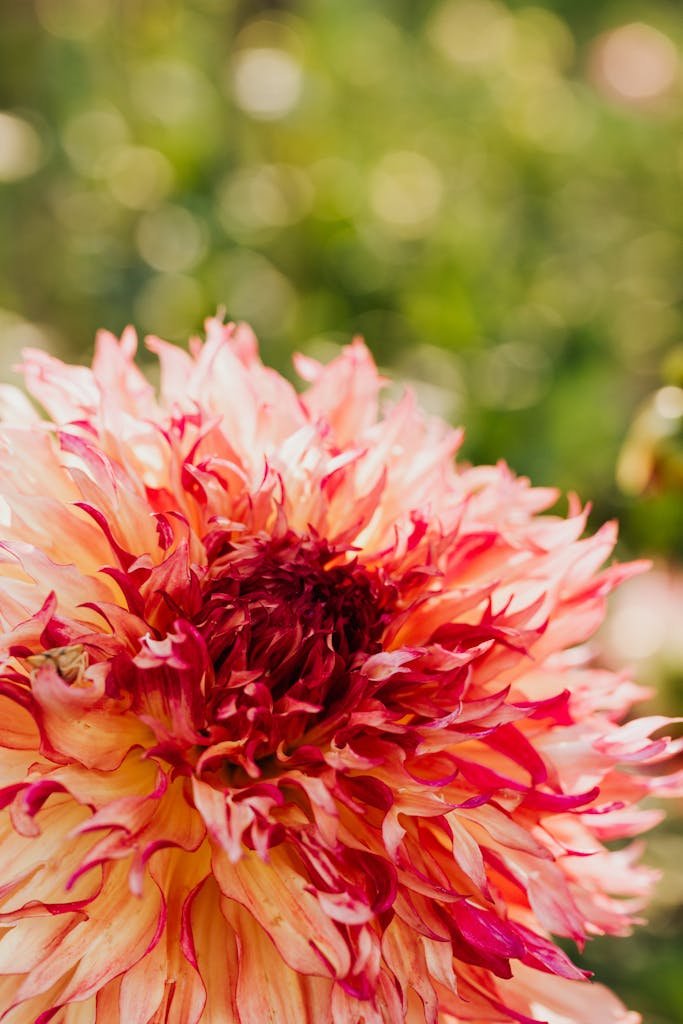
For guidance on companion planting and maximizing yields, check out this excellent guide
Why not try: Click and Grow Herb Kits.
Essential Tools for Accessible Gardening
Here are tools designed to make gardening even easier:
- Rolling Garden Seats: Perfect for navigating paths between beds.
- Long-Handled Tools: Ideal for reaching across wider beds.
- Ergonomic Tools: Lightweight and designed for easy grip.
Why not try:
Accessible Garden Design Ideas
1. U-Shaped Raised Beds
This layout gives you access to all sides of the garden from one spot. It’s ideal for wheelchair users or anyone with limited mobility.
2. Vertical Gardening
Save space and reduce bending by growing up instead of out. Use wall-mounted planters or trellises.
Why not try a trellis from Antique Farmhouse Decorative Trellises.
3. Mixed Beds
Combine veggies, herbs, and flowers in one bed for a space that’s both productive and beautiful.
Troubleshooting Common Issues
- Dry Soil: Add mulch or use self-watering systems.
- Pests: Cover plants with fine mesh netting.
- Mobility Challenges While Planting: Use seed dispensers or raised planting trays.
Final Thoughts
An accessible raised bed garden isn’t just a project—it’s a gateway to reconnecting with nature on your terms. Start small, choose plants that bring you joy, and let your garden grow alongside your skills.
Ready to dig in? Check out these resources to get started:
- Amazon’s Raised Bed Garden Kits.
- Wright Stuff Adaptive Gardening Tools.
- Click and Grow Self-Watering Systems.
With a little effort, you’ll create a space that’s not just functional but a joy to spend time in.
